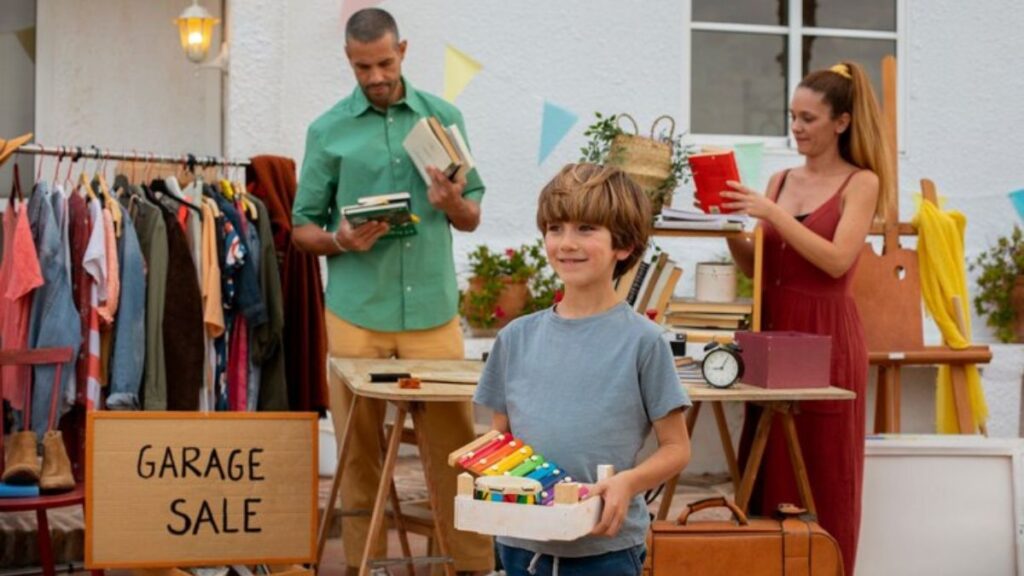Shopping for kids involves more than just finding items they’ll enjoy. Safety, durability, and budget-friendly choices are critical factors, especially as they grow and their needs evolve. From toys to clothing to essential baby gear, parents can feel overwhelmed with options and costs. Smart shopping means finding products that are both safe and affordable without sacrificing quality. Here’s a guide to making informed, kid-friendly purchases that benefit both your child and your wallet.
1. Prioritize Safety and Quality Over Trends
When shopping for your children, it’s tempting to choose popular or trendy items. However, safety and quality should always come first. Look for certifications that indicate a product has passed safety standards, such as ASTM (American Society for Testing and Materials) for toys or the CPSC (Consumer Product Safety Commission) for various children’s products. Avoid items with small parts for younger children and always read product labels for age recommendations.
Quality is equally important since high-quality items are generally more durable, reducing the need for frequent replacements. While these may come with a higher price tag, consider that long-lasting products save money over time. Some reputable brands are known for their commitment to safe, high-quality materials, so it’s worth checking reviews and customer ratings before making a purchase.
2. Use Coupons and Discounts to Stretch Your Budget
Raising kids can be expensive, but there are ways to save without compromising on quality. Many websites and apps offer coupons, cashback, and discount codes on kid-friendly products. For instance, the folks at CouponChief provide access to numerous coupon codes for trusted retailers, helping parents find discounts on essentials like clothing, toys, and school supplies. Taking advantage of these deals can make a big difference, especially for items that need regular replenishing, such as diapers, baby food, or children’s clothing.
Using coupons is a simple way to reduce costs, and many stores also offer loyalty programs or special sales for parents. By planning your purchases around these sales or using available discounts, you can buy the same quality products at a fraction of the price. Budget-savvy shopping doesn’t mean compromising on what your child needs, and it’s a great way to ensure you stay within your spending limits.
3. Focus on Multipurpose and Growth-Friendly Products
Kids grow fast, and outgrowing clothes, toys, and gear can be costly for parents. Choosing multipurpose and adjustable products allows you to extend the life of each item. For instance, look for clothing with stretchy or adjustable waistbands, which can fit your child for a longer time. Convertible strollers or cribs that adjust as your child grows are other great options that save you money in the long run.
Toys with flexible uses or those that encourage creativity can also provide lasting value. Building blocks, art supplies, and educational toys that adapt to different age levels can keep your child entertained and engaged longer. Growth-friendly products are ideal for families on a budget, as they adapt to your child’s needs without frequent replacements, making them a wise investment.
4. Choose Eco-Friendly and Non-Toxic Products
Children’s products, especially toys and clothes, should be made from safe, non-toxic materials. Kids often put toys in their mouths, so it’s crucial to choose items free from harmful chemicals like BPA, phthalates, and lead. Many brands now offer eco-friendly and organic products that are safe for children and environmentally responsible.
Opting for sustainable materials like organic cotton, bamboo, or recycled plastics can reduce your child’s exposure to chemicals while supporting eco-conscious manufacturing. Eco-friendly products might cost a bit more upfront, but their durability often makes up for the difference. Additionally, buying second-hand items from reputable sources or gently used products can reduce waste and provide high-quality items at a lower cost.
5. Plan Purchases Around Seasonal Sales
Shopping strategically during seasonal sales can help parents save significantly. Many retailers offer discounts on children’s products during back-to-school, holiday, and end-of-season sales. By planning for these events, you can stock up on essential items for less. For example, buying winter clothes and trendy kids’ Jordan Spizike sneakers at the end of the season or school supplies during back-to-school sales can lead to major savings.
If you know you’ll need particular items later in the year, like a new car seat or a high chair, keeping an eye on sales and promotions can help you avoid paying full price. Create a list of items you expect to buy in advance so you can act quickly when sales are announced. This approach allows you to budget effectively and make the most of seasonal discounts.
6. Read Reviews and Ask Other Parents
One of the best ways to ensure you’re making smart purchasing decisions is by reading reviews and consulting with other parents. Parents often leave honest feedback about the durability, safety, and usability of products, which can be helpful when deciding between options. Reading verified customer reviews provides insight into potential issues, features that might be beneficial, or downsides to be aware of before buying.
If you’re part of any parenting groups or forums, consider asking for recommendations for specific products or brands. Many parents are willing to share their experiences and can offer practical advice based on real-life use. This guidance can save you from investing in items that don’t live up to their promises or don’t hold up under regular use.
Shopping for kid-friendly products doesn’t have to be overwhelming or expensive. By prioritizing safety and quality, seeking discounts, focusing on eco-friendly choices, and planning around sales, parents can make informed decisions that benefit both their children and their budget. A little research and strategic shopping can go a long way in ensuring your child has safe, high-quality products while keeping costs manageable.







